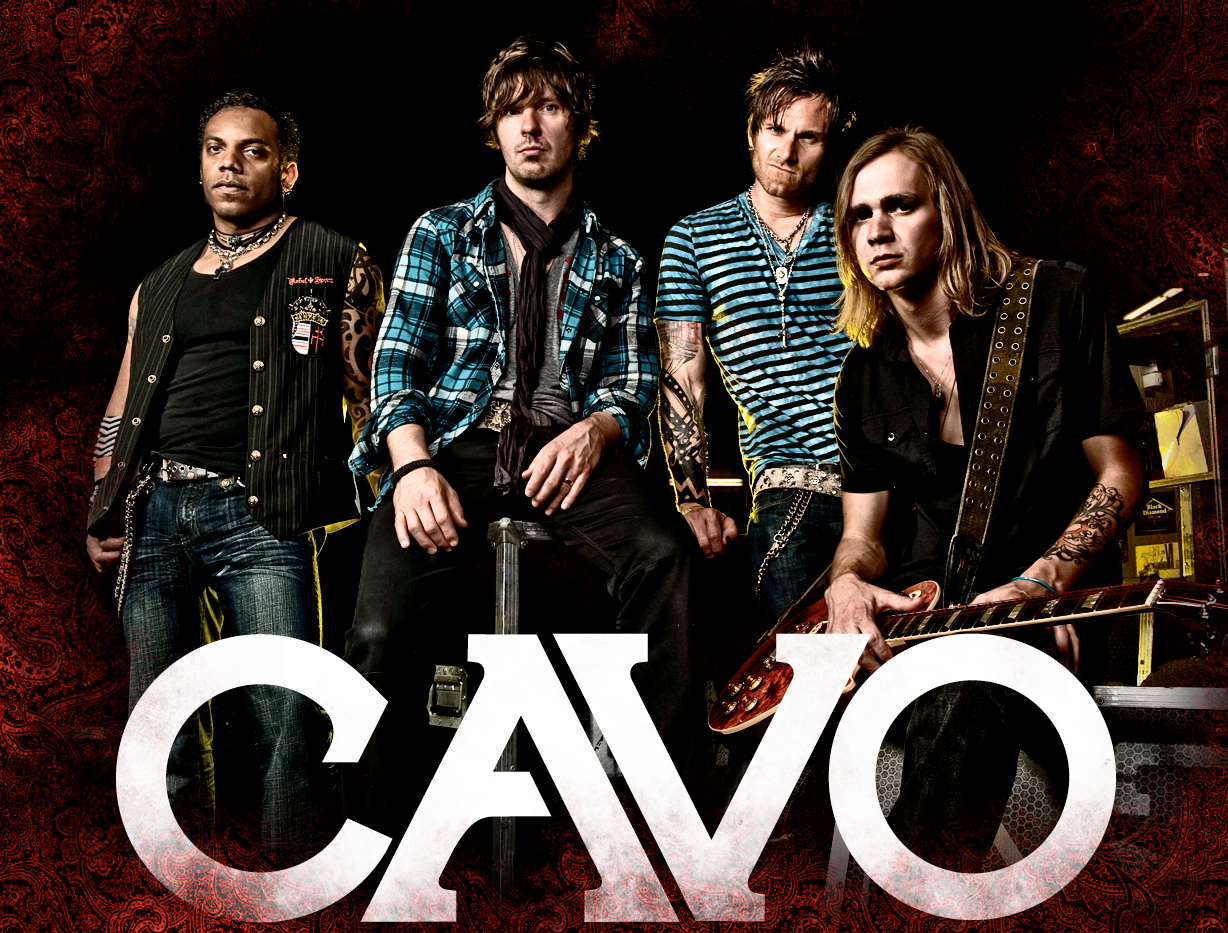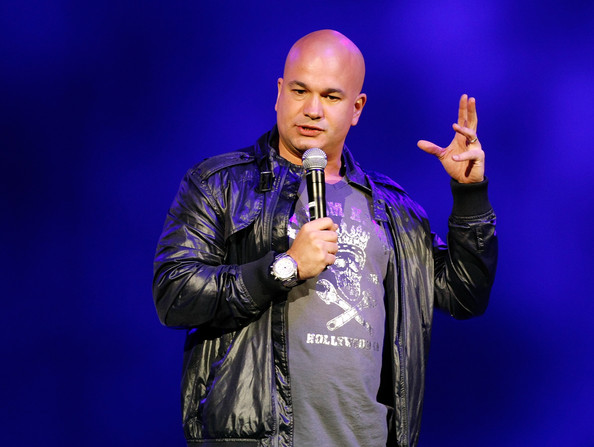Review: Nine Inch Nails – Pretty Hate Machine
Trent Reznor was barely in his 20s when Pretty Hate Machine surfaced, a result of his previous new wave band’s failure. Instead of carrying on with new wave, he ditched it for a constantly progressing derivative called “industrial”. At the time, industrial was limited mostly to German innovators and sparse North American interest hubs (such as Vancouver). Despite his age, he managed to do something none of his predecessors could: bring industrial music to a wider audience. Taking most of his influence from glam alternative such as David Bowie, new wavers Kraftwerk and Gary Numan, and mixing it with industrial legends like Skinny Puppy, Nine Inch Nails’ unique and overwhelming synthesizers compose the majority of their melodies.
Reznor did it all; songwriter, guitarist, keyboardist, singer, and incredible arranger. At times, Pretty Hate Machine shows its amateur creator’s technical faults, sounding as if it were just Reznor and his synth keyboard in his basement. Other times, it shows signs of what Nine Inch Nails would become: full of aggressive and violent anthems of teenage angst. While it may not be nearly as polished and ambient as their later efforts, Pretty Hate Machine is still a treat to listen to, even at its most empty and flawed. That may even be part of its charm.
“Head Like a Hole” is, to this day, one of Nine Inch Nails’ biggest hits, and for good reason. It begins with the very Skinny Puppy-esque opening measures and turns into what will become a series of eerie and rich synth riffs, each one completely different and effective as the next. “Head Like a Hole” focuses on religion and money as society’s focal points–already touchy subjects–but is only a precursor to their following messages of anarchy, depression, and loss. “Terrible Lie,” about being left alone, has simply the best synth work on the whole album, emphasized by the quiet lyrics and a frank chorus repeating the title. The bridge after verses is particularly chilling, when Reznor cries: “Don’t tear away from me, I want you to hold onto.” This sense of reality has become his trademark; he does a wonderful job of bringing his listeners into his edgy moods.
Nine Inch Nails’ first and only rap is displayed on “Down In It,” a commercial single released first because of its accessible sound (at the time). Very reminiscent of Falco, its mixing (complete with the inclusion of various sound effects) is actually done quite well. However, the lyrics are redundant and is reduced to a catchy single when it ends with the children’s rhyme lyrics: “Rain, rain, go away. Come again another day.” “Sanctified” features Danny Lohner turning out one of the best Nine Inch Nails bass lines ever, with great percussion as well. The vocals are well done, and the guitar (done here by Richard Patrick, pre-Filter) blends nicely, even during a time when Nine Inch Nails rarely emphasized guitar-work. Reznor then slows down the pace of the album with the beautifully serene “Something I Can Never Have,” his shot at a straight ballad. The piano’s lulling rhythm suits the mood perfectly as Reznor grieves longingly of an impossible relationship. This is an excellent, extended lullaby (clocking in at nearly 6 minutes).
The latter half of Pretty Hate Machine revisits the more industrial sounds of “Head Like a Hole.” “Kinda I Want To” is a fast-pumping experimental that runs the gamut using numerous synth tracks. The next song, “Sin,” is well-known by Nine Inch Nails fans because it was released as its own single (or “Halo” as NIN releases are referred to), and remixed quite a few times. It is a superb industrial tune with a chant-along chorus of sorts. “Sin” sounds edgier, and closer to the ideal industrial standard thanks to the less-complimentary chord structure. “That’s What I Get” is another self-deprecating swoon song with minimal instrumental backup, but a particularly strong vocal performance by Reznor. “The Only Time” is quite possibly its antithesis. The groove and funk ode to sex dries the tears and makes you want to work it. While it can be a bit jarring at first, and–admit it, humorous as well–it still gets the job done. Reznor shows a remarkable power to completely lighten the mood and write a flamboyant masterpiece of psychedelic funk with a hint of new wave. The ambient “Ringfinger” closes out the album with style. Containing deep verses of devotion, Reznor walks the line of controversy and thoughtfulness, making reference to Christ to his own shortcomings. With a defiant tone, he sings, “if I was twice the man I could be, I’d still be half of what you need“. As per usual, the synth interlude is fantastic and Reznor’s stirring lyrics make “Ringfinger” a fitting ending.
Pretty Hate Machine is a perfect blend of early industrial synths and style (right down to the stage attire), with Reznor’s sharp approach at accessible writing. Musically, it is fresh and features inspired melodies as well as notable experimental work, such as “Kinda I Want To” and “Sin.” European (mostly German) and Canadian influences are prominent, but it is the pop appeal of the new wave boom that fuels the album’s success. In my opinion, it still stands as Nine Inch Nails best work. Before the heavy angst of Broken, and the conceptualization of their following albums, there was just the songwriting, a synth, and a voice full of pain. Pretty Hate Machine may be less attractive given the complex music industry of today, but in this case, less is more.




